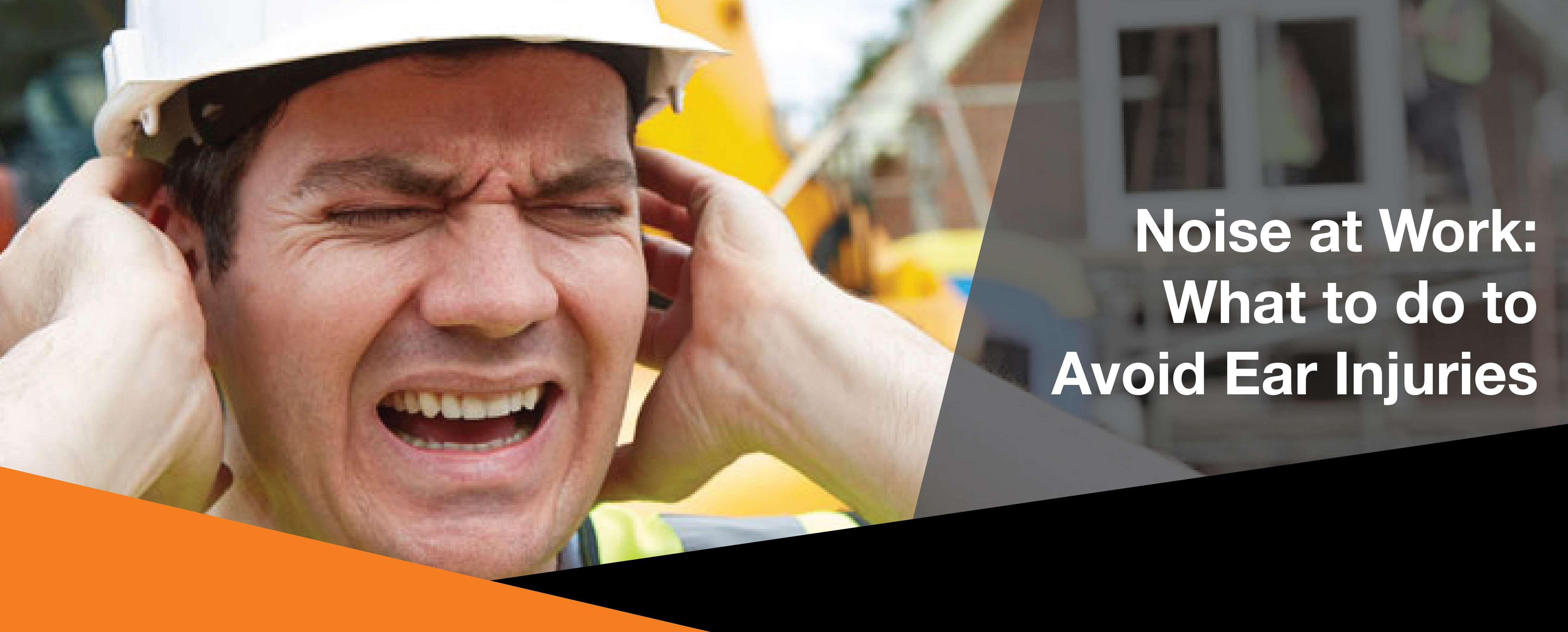
Noise at Work : What to do to Avoid Ear Injuries
High noise levels in the workplace can cause injury to workers, mainly the permanent or temporary loss of hearing. It can also be an underlying cause of other health conditions such as stress, increased heart rate and hypertension. On top of that, interference due to distracting sounds may cause miscommunication among workers which can lead to serious accidents.
According to a report from the Australian Bureau of Statistics based on the unpublished data from Safe Work Australia, noise-induced hearing loss accounts for 469 claims per million employees in the year 2007-08. It is also ranked as the third highest occupational disease indicator during the same period.
Based on these numbers, high levels of noise can be considered as a hazard in your workplace. Thus, it is important to make the necessary steps to protect your employees from possible injuries and health risks.
1. Conduct a Thorough Noise Assessment in the Workplace
This first step is to conduct a systematic inspection to determine the sources and levels of noise in your workplace. With the use of a sound level meter and with the help of workplace safety experts, you can pinpoint the different machineries and tools that emits high levels of sounds. You’ll also be able to determine the specific areas where damaging noise is present. The results of the complete assessment will be used as your basis in creating policies or plans to eliminate the risks of noise-related injuries.
2. Determine the Affected Workers
Based on the results of the assessment, find out who among your employees are exposed to high noise levels in your workplace. This will provide you with an overview on who to prioritise on your efforts in countering the risks of hearing injuries. Also, this will help you figure out the amount of resources needed.
3. Eliminate or Reduce the Source of Noise
If you want to eliminate or reduce noise, you should focus on its sources. Find out if loud machineries can be replaced with quieter ones or if there are ways to reduce the sound emitted – such as using exhaust mufflers on engines. However, take note that this may not always be a viable option. It may be impossible for you to make the necessary changes in your workplace equipment to eradicate disturbing sound.
4. Ensure Workers Use Hearing PPE
If it is practically impossible to eliminate the sources of noise in your workplace, the use of protective equipment for the ears should be strictly implemented. Workers will be protected from any type of hearing injury by using ear plugs or ear muffs when they are inside critical areas in the workplace.
Hazardous noise doesn’t only cause hearing loss. It can also destroy the ability of hearing clearly and can impair communication. Thus, in add to the necessary steps that we outlined above, an alternative method of communication when using ear protection should be set in place – such as using hand signals. This is to make sure that workers can effectively interact with each other and miscommunication that can cause major incidents can be avoided.
SWF Group stocks a large range of Hearing Protection Equipment. Talk to us about your requirements today!
SWF Group | "Safety at Work First!"
#SafetyAtWorkFirst #HearingProtection #PPE


 Australian Owned & Operated
Australian Owned & Operated





